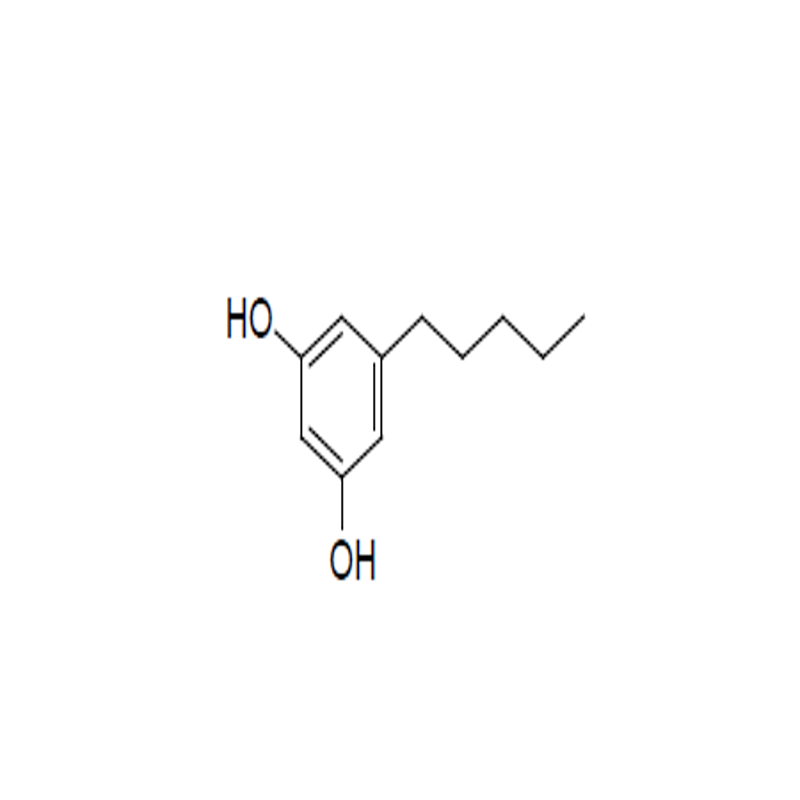-
Categories
-
Pharmaceutical Intermediates
-
Active Pharmaceutical Ingredients
-
Food Additives
- Industrial Coatings
- Agrochemicals
- Dyes and Pigments
- Surfactant
- Flavors and Fragrances
- Chemical Reagents
- Catalyst and Auxiliary
- Natural Products
- Inorganic Chemistry
-
Organic Chemistry
-
Biochemical Engineering
- Analytical Chemistry
- Cosmetic Ingredient
-
Pharmaceutical Intermediates
Promotion
ECHEMI Mall
Wholesale
Weekly Price
Exhibition
News
-
Trade Service
| Research reveals that flowing water noise shapes the evolution of amphibians' sound signals |
The flowing water environment represents the species Little Turbulent Frog (left) and its habitat (right)
.
Photo courtesy of Chengdu Institute of Biology, Chinese Academy of SciencesThe flowing water environment represents the species Little Turbulent Frog (left) and its habitat (right)
Recently, the Animal Behaviour and Bionics Project Team of Chengdu Institute of Biology, Chinese Academy of Sciences, focused on 105 species of Ranidae and Bufoidae, and integrated a variety of methods to explore the impact of turbulent environment with high-intensity noise characteristics on the evolution of animal sound signals.
, And made important progress
.
Related research results were published in "Frontiers in Zoology"
Researchers collected the characteristics of the sound environment, body size, dominant frequency, frequency modulation, and harmonics of the above groups
.
Based on the sequences of the four genes 12S, 16S, CXCR4 and RAG-1, Bayesian algorithm was used to construct the system evolution relationship of these groups
The results show that: first, the sound environment and body size are phylogenetic related factors, but the harmonic and frequency modulation characteristics are not phylogenetic related factors; second, the sound dominant frequency of the flowing water group is significantly higher than that of the still water group, both The frequency difference is mainly caused by the difference in animal body size and habitat; thirdly, regardless of the ramidae or toadidae, there are more species in the still water group with harmonics and obvious frequency modulation characteristics
.
AAH believes that the noise environment will drive the frequency of animals to evolve to high frequencies and suppress the complexity of the frequency domain contour characteristics
Dr.
Longhui Zhao from Chengdu Institute of Biology, Chinese Academy of Sciences is the first author of the paper, and researcher Cui Jianguo is the corresponding author; Professor Wang Jichao from Hainan Normal University and Dr.
Juan C.
Santos from St.
John’s University in the United States are co-authors
.
This research was funded by the National Natural Science Foundation of China, the Youth Innovation Promotion Association of the Chinese Academy of Sciences and the "Western Light" project of the Chinese Academy of Sciences
.
(Source: China Science News Zhang Qingdan)
Related paper information: https://doi.
https://doi.
org/10.
1186/s12983-021-00423-y







